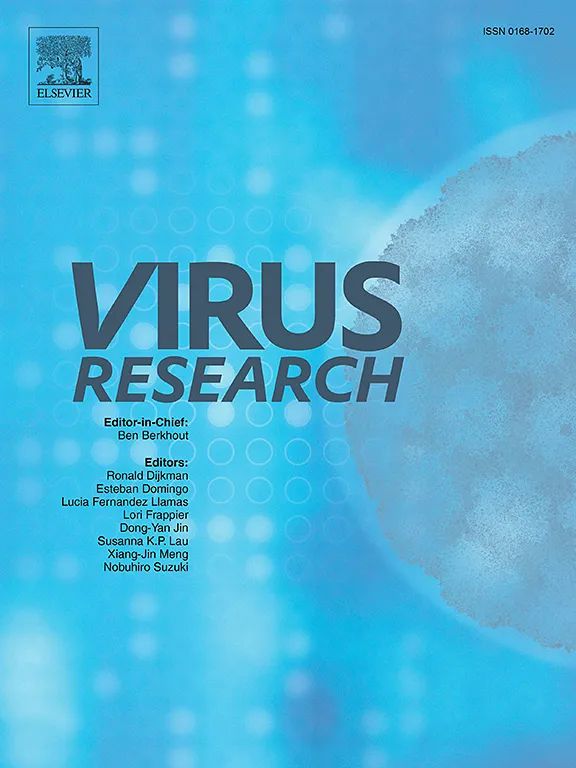大韩民国 XBB 浪潮期间 SARS-CoV-2 变体的动态变化。
IF 2.5
4区 医学
Q3 VIROLOGY
引用次数: 0
摘要
随着 COVID-19 的流行,SARS-CoV-2 的变异体也变得越来越多样化,这凸显了全球基因组监测的重要性不断升级。本研究分析了 2022 年 9 月至 2023 年 11 月期间在大韩民国发现的 86,762 份 COVID-19 样本。结果显示,在BN.1占主导地位后,XBB变体的流行率持续上升,各种XBB亚系在大韩民国共同流行。SARS-CoV-2 基因组的总体核苷酸多样性(π)为 0.00155。进化分析表明,从首次检测到韩国 XBB 亚系最近共同祖先的估计日期之间的平均时间间隔为 47 d,这表明新型变异体在韩国监测系统中得到了有效识别。变异率的范围为 5.6 × 10-4 到 9.1 × 10-4 个置换/位点/年。总之,这项研究深入揭示了大韩民国 XBB 浪潮期间 XBB 亚系的遗传多样性和进化解释,强调了对新出现变异体进行持续基因组监测的重要性。本文章由计算机程序翻译,如有差异,请以英文原文为准。
Dynamics of SARS-CoV-2 variants during the XBB wave in the Republic of Korea
As COVID-19 has become endemic, SARS-CoV-2 variants are becoming increasingly diverse, underscoring the escalating importance of global genomic surveillance. This study analyzed 86,762 COVID-19 samples identified in the Republic of Korea from September 2022 to November 2023. The results revealed a consistent increase in the prevalence of the XBB variants following the dominance of BN.1, with various XBB sub-lineages co-circulating in the Republic of Korea. The overall nucleotide diversity (π) among the SARS-CoV-2 genomes was 0.00155. Evolutionary analysis revealed that the average time interval between the first detection and estimated date of the most recent common ancestor of Korean XBB sub-lineages was 47 d, suggesting that the novel variants were efficiently identified in the Korean surveillance system. The mutation rate was determined to be in the range of 5.6 × 10–4 to 9.1 × 10–4 substitutions/site/year. In conclusion, this study provides insights into the genetic diversity and evolutionary interpretation of the XBB sub-lineages during the XBB wave in the Republic of Korea, highlighting the importance of continued genomic surveillance for emerging variants.
求助全文
通过发布文献求助,成功后即可免费获取论文全文。
去求助
来源期刊

Virus research
医学-病毒学
CiteScore
9.50
自引率
2.00%
发文量
239
审稿时长
43 days
期刊介绍:
Virus Research provides a means of fast publication for original papers on fundamental research in virology. Contributions on new developments concerning virus structure, replication, pathogenesis and evolution are encouraged. These include reports describing virus morphology, the function and antigenic analysis of virus structural components, virus genome structure and expression, analysis on virus replication processes, virus evolution in connection with antiviral interventions, effects of viruses on their host cells, particularly on the immune system, and the pathogenesis of virus infections, including oncogene activation and transduction.
 求助内容:
求助内容: 应助结果提醒方式:
应助结果提醒方式:


